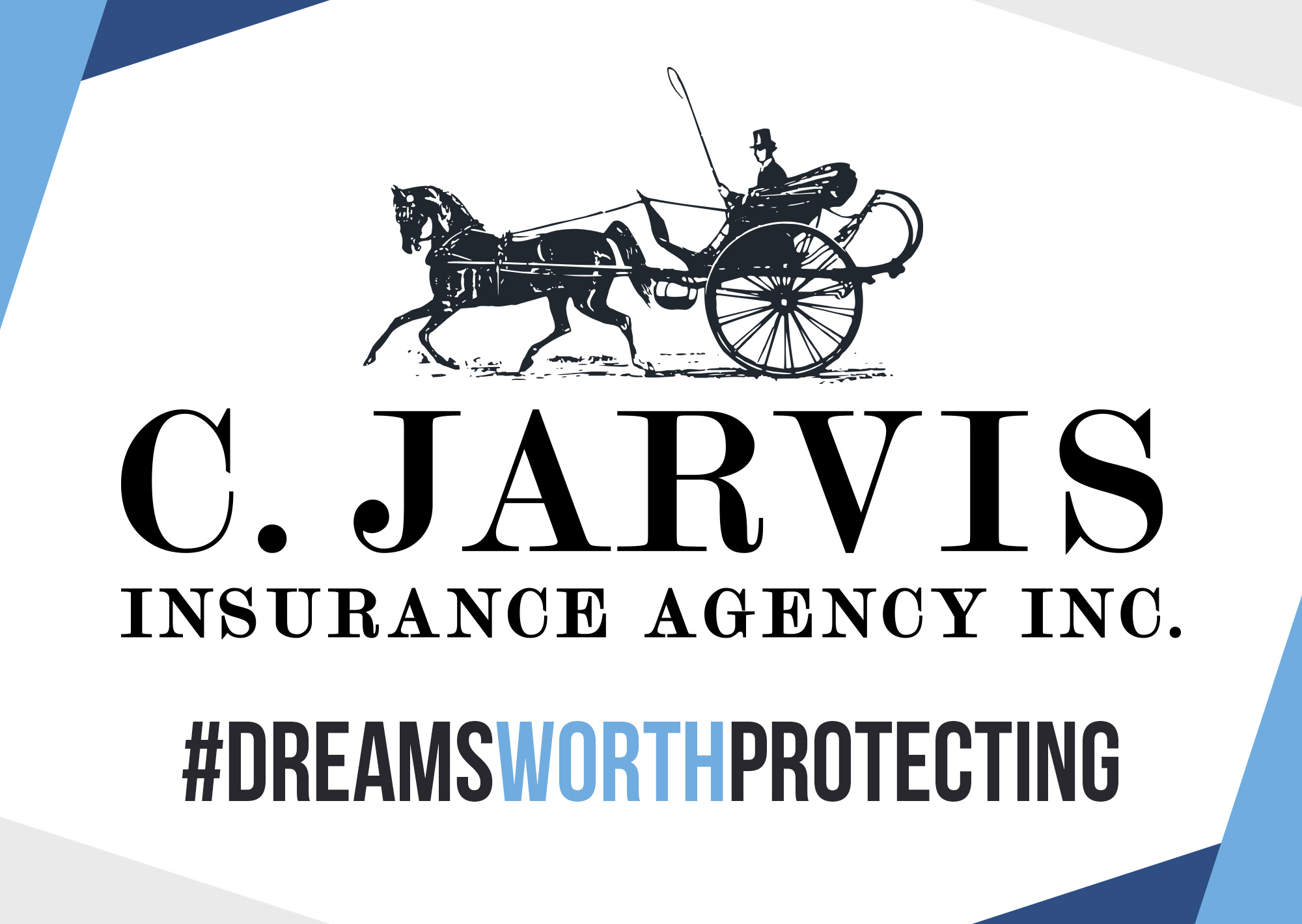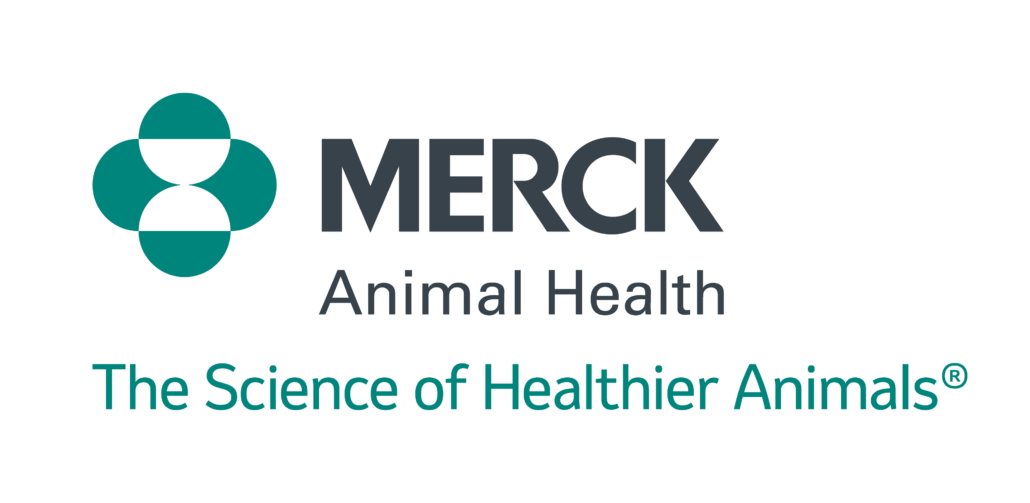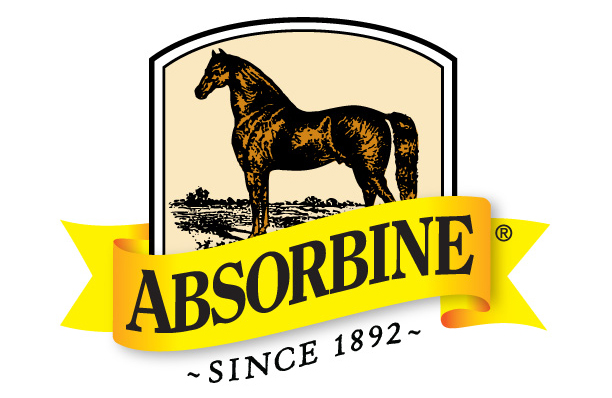AHC releases bi-annual Congressional Scorecard

The United States Capitol building in Washington, D.C.
AHC releases bi-annual Congressional Scorecard
AHC President Julie Broadway announced the top ten “Champion” Members of Congress who have supported legislation significant to the equine industry. Acknowledging the many challenges confronting the current Congress, Broadway said, “The pace of legislating is slow, money is tight, and it is an election year. It is a trifecta of troubles, yet we’re pleased to announce our Champions in Congress who continue to advocate for the equine industry. It’s been a particularly tumultuous period, and our Congressional Scorecard is more important than ever to help our members sort through all the noise that has enveloped the political discourse.”
The following are the top five ranking members of the U.S. Senate and House of Representatives:
SENATE
- Shelley Moore Capito (R-West Virginia)
- Amy Klobuchar (D-Minnesota)
- Roger Marshall (R-Kansas)
- John Thune (R-South Dakota)
- Mike Crapo (R-Idaho)
HOUSE OF REPRESENTATIVES
- Don Bacon (R-Nebraska-2)
- Jimmy Panetta (D-California-19)
- Andy Barr (R-Kentucky-6)
- Dan Meuser (R-Pennsylvania-9)
- McGarvey Morgan (D-Kentucky-3)
The scoring does not consider party affiliations. “The integrity of the scorecard is based on performance, not politics,” said Broadway. “We have a strong track record of working with both sides of the aisle. It’s the work product that matters, not the letter after their names.”
The Congressional Scorecard identifies legislation that draws consensus among the AHC’s diverse membership in areas such as animal welfare issues arising under the Horse Protection Act, labor flexibility, tax reform, public trails access, federal resources for equine-assisted services, USDA resources to promote equine programs and others that may emerge as the legislative, process moves forward. In addition to the legislation, points are awarded to members of the U.S. Congress who support the AHC through their membership in the Congressional Horse Caucus, who participate in AHC events, and who are accessible and responsive to AHC members and staff.
The methodology used to construct the Congressional Scorecard can be accessed here.






















